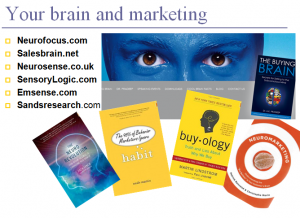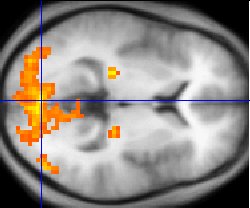 What are 3 ways to frustrated your reader’s brains? Last week, I presented a speech at the 5th International Customer Media Congress in Haarlem, The Netherlands. Besides sharing what neuromarketing is teaching us about the brain and marketing, there are tips here for most web-based content publications.
What are 3 ways to frustrated your reader’s brains? Last week, I presented a speech at the 5th International Customer Media Congress in Haarlem, The Netherlands. Besides sharing what neuromarketing is teaching us about the brain and marketing, there are tips here for most web-based content publications.
I hope you enjoy it and learn something. Let me know if you have questions…










